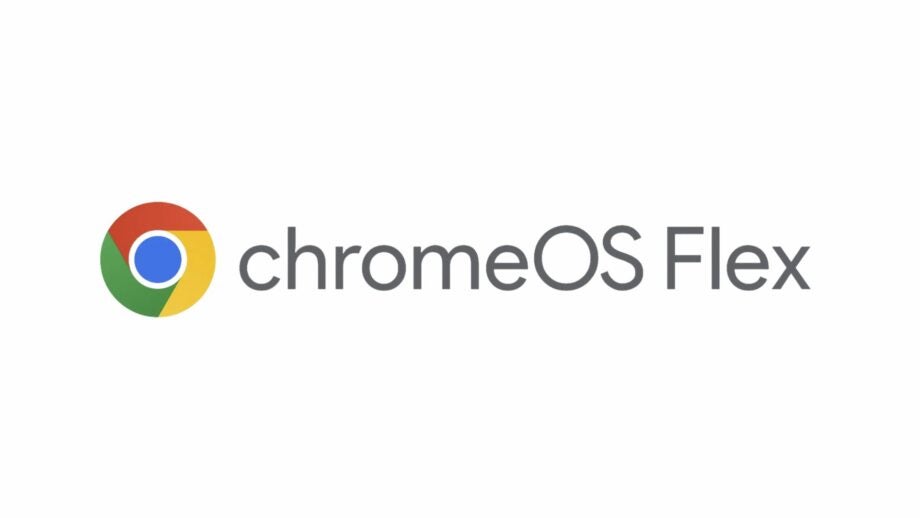
The Exciting World of PCIe: What You Need to Know
For those who love tinkering with PCs or are just curious about upgrading their hardware, the term PCIe is likely to have crossed your path. PCIe, short for Peripheral Component Interconnect Express, has been a key standard for motherboards for over 20 years, but it continues to evolve and improve.
PCIe is crucial for a range of components, including graphics cards, SSDs, Wi-Fi adapters, and Ethernet adapters. The latest iteration, PCIe 7.0, is on the horizon, set to be finalized in 2025, following the release of PCIe 6.0 in 2022. However, many current motherboards still utilize PCIe 5.0 due to its compatibility and high-speed data transfer capabilities.
What makes PCIe so popular among users is its speed, high bandwidth, low latency, and broad compatibility. Each new iteration of PCIe brings even faster speeds, enhancing the user experience and enabling smoother performance for various devices.
When it comes to PCIe slots, there are different configurations to meet different needs. From the smallest PCIe x1 slot for network adapters to the largest PCIe x32 slot primarily used for specialized applications, there is a slot for every device. Graphics cards and SSDs often utilize PCIe x16 and PCIe x4 slots, respectively, to maximize their performance.
Looking ahead, PCIe 6.0 is expected to gain prominence in 2024, offering even greater speeds and capabilities for users. And with PCIe 7.0 on the horizon for 2027, the future of PCIe technology looks brighter than ever, promising enhanced performance and compatibility for PC enthusiasts worldwide.











